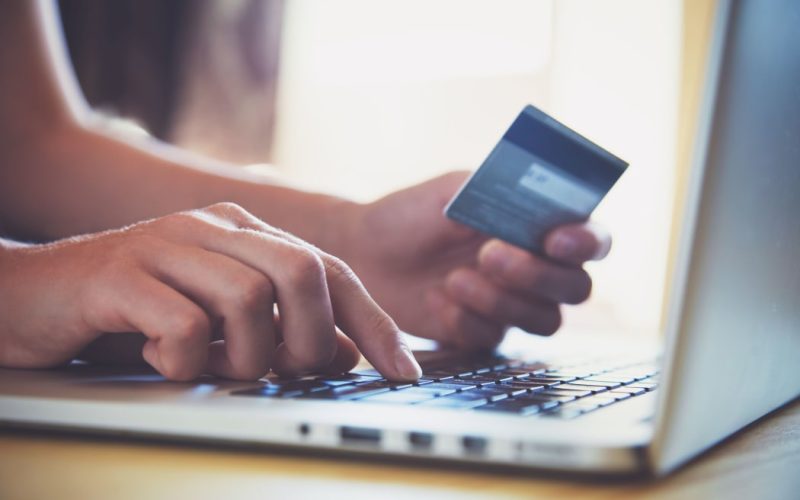Today we will discuss digital rights management or DRM in video and whether the video is played back from mobile, device, desktop or smart TV, there are steps and techniques behind it that allow premium content to be played back and decrypted securely. So the video is actually encrypted, and there’s a whole process behind that to ensure that the consumption and playback of the video
That’s the first step, once they’re logged in, they can make a video selection, so they select a video, which means that a request is created for that type of content to be played. And then that video selection request, so there may be a content. id is the connection added to the requesting device id, which is basically a signature, so more than an identification, it’s a long, don’t think of it as a string, think of it as a sequence of bytes that are unique to the requesting device. So we now have two pieces, the user selected content ID plus the signature of the requesting ice.
Then the next step is that the video is fetched from storage, so like the CDN and the video, we divide our peers into segments that represent the different levels of quality at which the video can be played, depending on the user’s connection and the device sought. For example, if it’s a tablet, you’ll have a larger screen size, so your quality will also increase as a function of the speed of your internet. There are multiple types, which are used to encrypt this video, you can add, either segments or metadata. So, once the DRM browser receives the DRM component, the browser receives a request for a license to check and play a particular video.
Then, why contact the DRM license server, where the user is, and select a specific, video on that device, and whether it is allowed to actually play that video. It also has the license database, which includes information such as content ID, so here the video selects the device, we can associate it with the requesting device so that the client signature, it has the key, which is brought out from the Manifest of the video, or the description, all these clips and others are related. So all of that information is stored in the license database, and then the proxy server is contacted to actually get the license information, so we then check if the user on that device can view the video, which is the job of the proxy server and the license, the database is usually built by the service provider, and
which is different from the content provider. Once the DRM license proxy server makes a decision whether or not to allow the user to view on the device, which is to make a request to it, then send the license back to the DRM browser component and then use the key in that license to decrypt part of the video and actually play it. So, there’s a couple of steps, let’s look at it again, the first step is the user logs into their gear, they select a video on a particular device, and then we use that to get it from storage, so from the CDN, which is a server close to the user, the video is saved and then, is sent to the browser. The browser, the DRM component, then asks for a license, checks the DRM license proxy server, verifies that the user is authorized, and it also checks the license database, which contains different information such as the key idea of the content ID, and all of these add up to tell the user if they are allowed to watch the particular content on the device. If the user has this permission, then the license server sends the key to the DRM browser component to decrypt the content and play it.
XMediaDRM is a comprehensive multi-DRM solution that addresses the protection and operational needs of TV Operators, Content Providers and App Developers for premium content.


